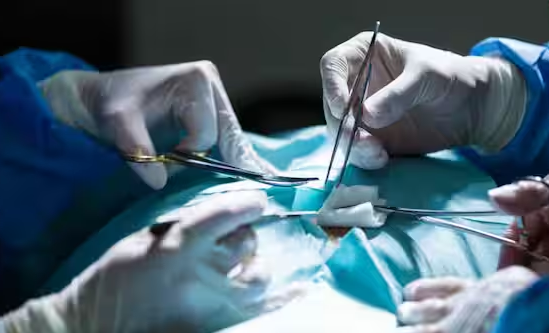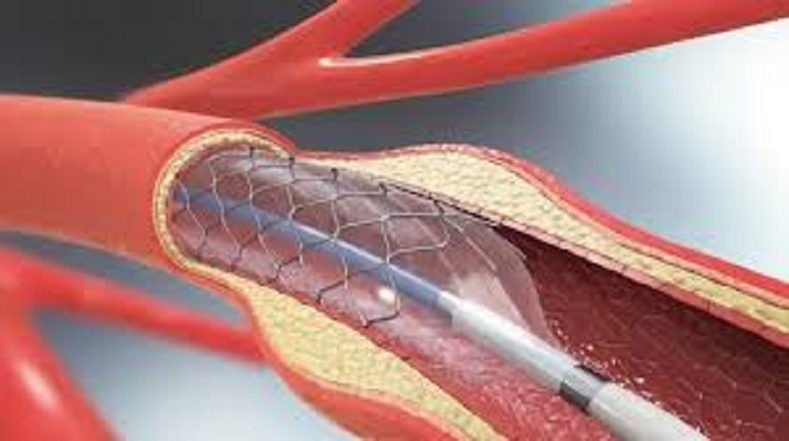If you notice these 5 symptoms, you need angioplasty; rush to your doctor immediately.
- bySherya
- 08 Oct, 2025

This is a highly effective procedure that has given millions of people a new lease on life. If the symptoms are recognized early, angioplasty can prevent many serious heart problems.

In today's unhealthy lifestyles, people often forget to take care of their bodies, especially their hearts. Stress, poor eating habits, smoking, insufficient sleep, and lack of exercise all gradually deteriorate our heart health. This is why millions of people worldwide suffer from heart-related illnesses every year. Heart disease is not only life-threatening, but it also impacts your quality of life.
However, the good news is that medical science has made significant progress today, and many modern techniques are available for treating heart disease. One of these is angioplasty. It is a highly effective procedure that has given new life to millions of people. If the right symptoms are recognized in time, angioplasty can prevent many serious heart problems. Let's find out which 5 symptoms indicate the need for angioplasty. If you
Notice these 5 symptoms, and you should know you need angioplasty.
1. Chest pain or angina: If you experience burning, pressure, or pain in your chest frequently or with movement, it could be angina. This occurs when the adequate blood supply to the heart muscle is insufficient. This is a major sign of blockage in your heart arteries. Angioplasty is extremely beneficial in such cases. It removes plaque from the arteries and restores normal blood flow, which can alleviate chest pain.
2. Leg pain or cramps: If you experience pain, cramps, or heaviness in your legs while walking or climbing stairs, don't ignore it. This could be a sign of peripheral artery disease. When the arteries in your legs become blocked, blood cannot reach the muscles, causing pain. Doctors believe that having PAD could also affect your heart arteries, and you may soon need angioplasty.
3. Constant fatigue and weakness: If you feel tired all the time, don't feel like doing anything, have shortness of breath, or feel uneasy when lying down, don't mistake it for minor weakness. This could be a sign that your heart isn't functioning properly. In such cases, angioplasty removes blockages in the heart, improving blood and oxygen supply and making you feel energized.
4. Persistently high blood pressure: If your blood pressure isn't under control, it could be a sign of heart disease. High blood pressure causes the heart's arteries to harden and thicken, increasing the risk of blockages. This puts more strain on the heart and increases the risk of a heart attack. In such cases, angioplasty may be a necessary step to improve blood flow and reduce pressure on the heart.
5. Bleeding or swollen gums: There may be a strong link between gum disease and heart disease. If your gums frequently swell, hurt, or bleed, it could be a sign of an infection or inflammation in the body, which can even affect the heart. According to research, gum infections also affect the heart arteries, increasing the risk of heart disease and blockage.





